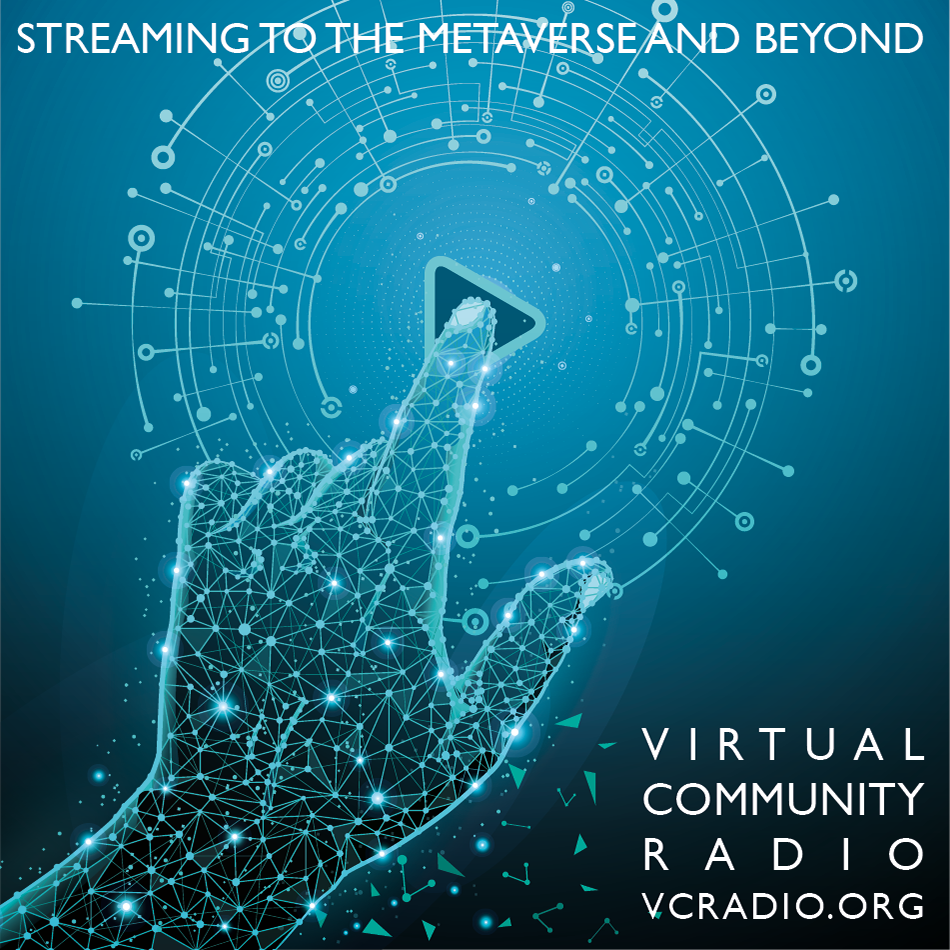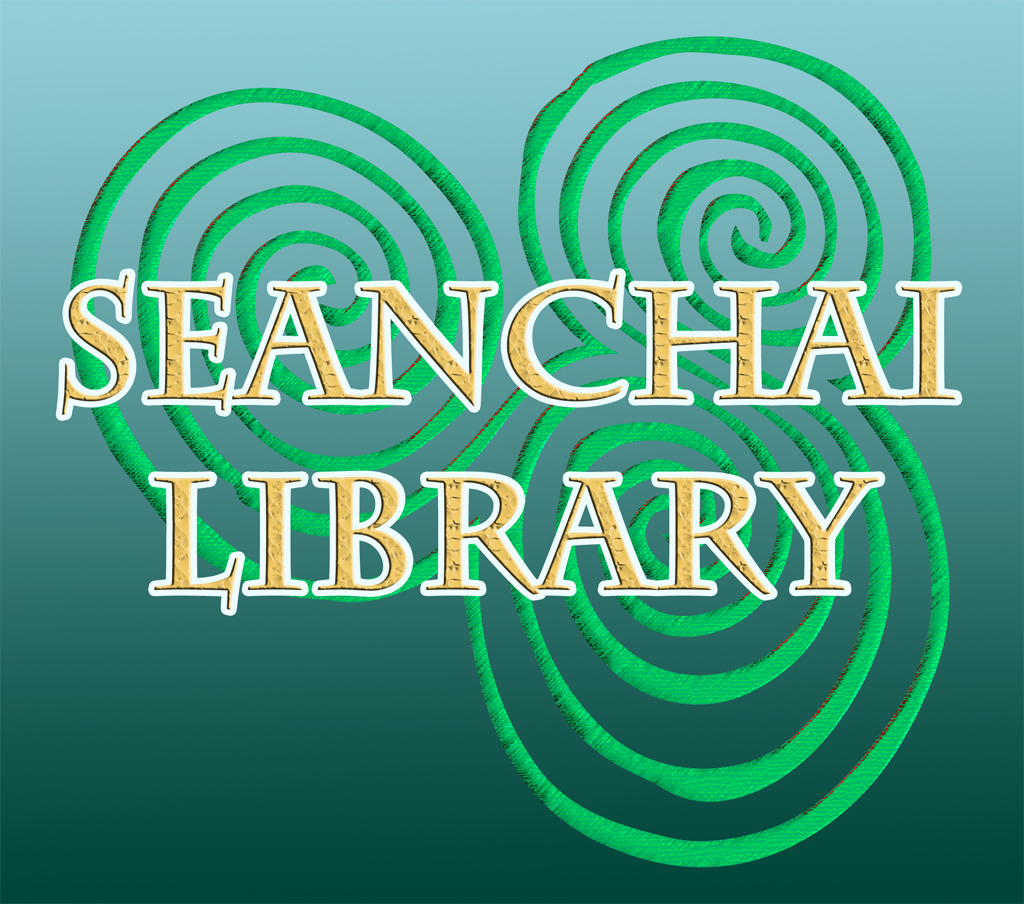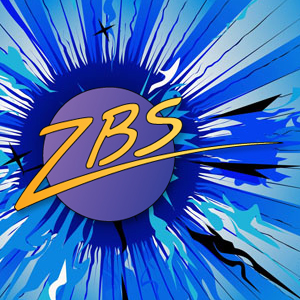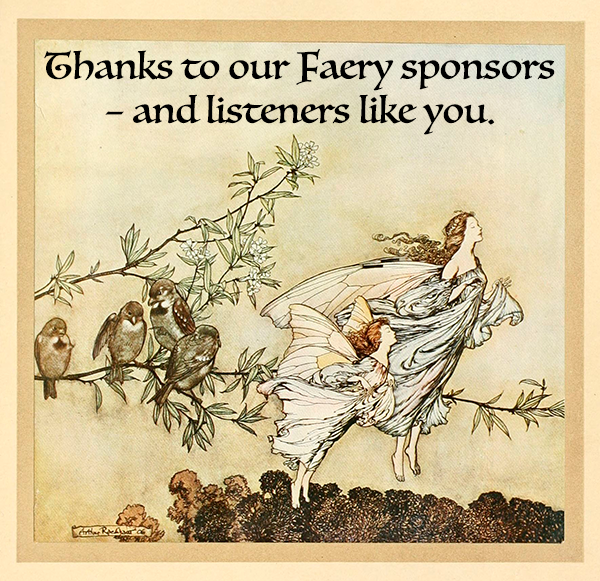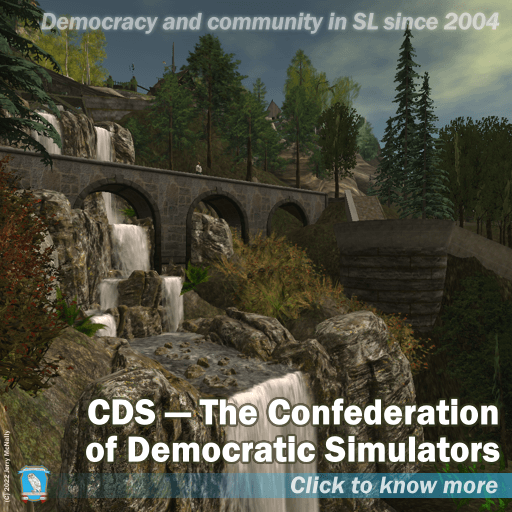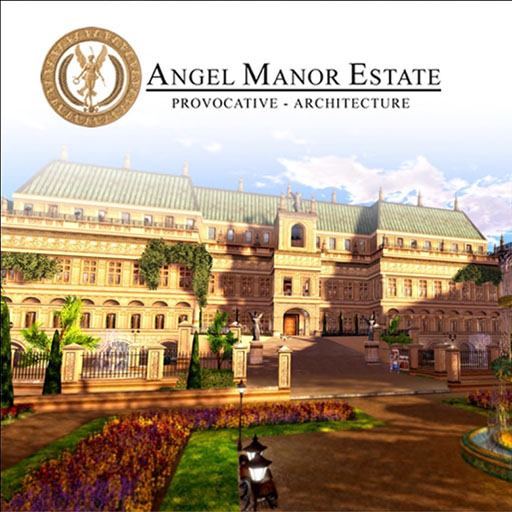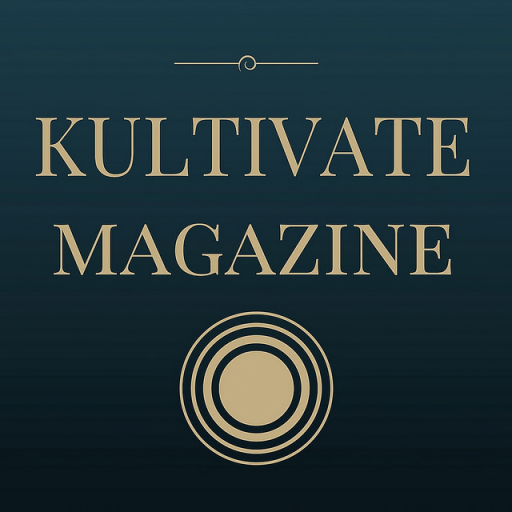Tag Archives: Transitional
From Classical to Romantic

Today, Saturday 11th June, we explore a little of the music written at the borders of the Classical and Romantic eras, focusing on the work of some well-known composers born in the last 30 years of the 18th Century. And at 12 noon and 4pm Pacific/Second Life Time, tune in for the latest episode of our original series on things to do and places to visit around the Second Life Grid — “Where Have You Been?” This time we pay a visit to The Elven Forest and have a discussion on Roleplay. Plus don’t miss “The Engines of Our Ingenuity” every four hours from 4am Pacific.
From Classical to Romantic




Today we explore a little of the music written at the borders of the Classical and Romantic eras, focusing on the work of some well-known composers born in the last 30 years of the 18th Century. And at 12 noon and 4pm Pacific/Second Life Time, there’s another chance to hear the latest episode of our original series on things to do and places to visit around the Second Life Grid — “Where Have You Been?” This time we visit a brilliant Jurassic Park tribute. Plus don’t miss “The Engines of Our Ingenuity” every four hours from 4am Pacific.
From Classical to Romantic




Today we explore a little of the music written at the borders of the Classical and Romantic eras, focusing on the work of some well-known composers born in the last 30 years of the 18th Century. It’s also time for a new episode of our Second Life travel series, “Where Have You Been?” — Episode 18, which visits Snowy River Halloween — Pirate Village and Pine Valley Haunted Caverns (see separate entry).
Historically, the term ‘classical music’ refers specifically to the musical period from 1750 to 1820. The transition from the classical period of Western art music, which lasted around 1750 to 1820, to Romantic music, which lasted around 1815 to 1910, took place in the eighteenth and nineteenth centuries. Composers began transitioning their compositional and melodic techniques into a new musical form which became known as the Romantic Era or Romanticism due to the implementation of lyrical melodies as opposed to the linear compositional style of Classical music.
From Classical to Romantic


Today we explore a little of the music written at the borders of the Classical and Romantic eras, focusing on the work of some well-known composers born in the last 30 years of the 18th Century. It’s also time for a new episode of our Second Life travel series, “Where’ve You Been?” — Episode 10, which visits the Gallery Airship Limoncello (see separate entry).
Historically, the term ‘classical music’ refers specifically to the musical period from 1750 to 1820. The transition from the classical period of Western art music, which lasted around 1750 to 1820, to Romantic music, which lasted around 1815 to 1910, took place in the eighteenth and nineteenth centuries. Composers began transitioning their compositional and melodic techniques into a new musical form which became known as the Romantic Era or Romanticism due to the implementation of lyrical melodies as opposed to the linear compositional style of Classical music.


